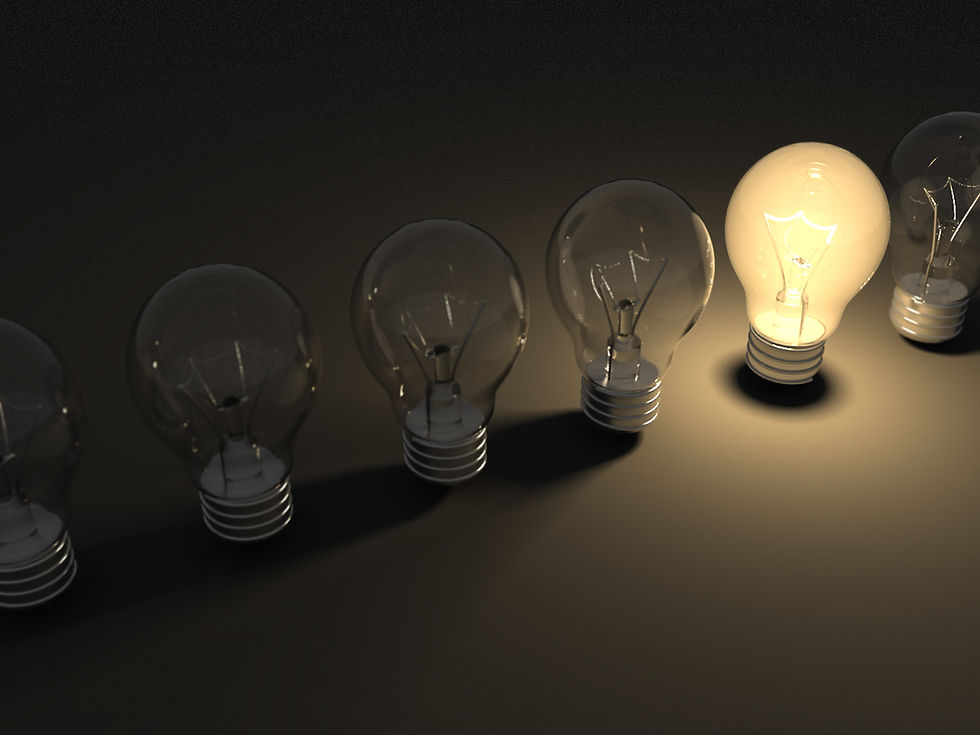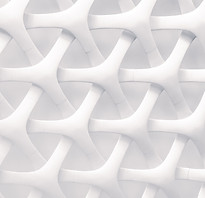The science behind Lightbulbs
- Amaira seth
- Mar 20, 2021
- 1 min read
Updated: Aug 4, 2022
INCANDESCENT LIGHTBULB
What scientific principles go into the process of an incandescent lightbulb illuminating a room?

OBJECTIVES
How and why does the lightbulb start glowing after turning on the switch?
MATERIALS NEEDED
x1 Incandescent lightbulb (not required)
Process
Switching it on

We all use light switches in our everyday life, probably without thinking twice.
To learn more about how switches work, refer to the blog post, 'The science behind switches'.
Once the light switch is turned on, the circuit that provides energy in the form of electric current to the bulb is completed. In other words, the bulb now has access to current and is ready to glow.
Glowing of the bulb

Now that the bulb has received the electric current it, all that is left is to use this current to produce light. Through a fairly simple process, the bulb's structure enables this to happen.
Look at the diagram of an incandescent bulb below, and try to guess how light is produced.

Here's what happens:
The electric current travels through the tungsten filament, which glows red hot due to the heat energy produced by the current.
Heat is generated because as electric current is the exchange of electrons between atoms in this case a metal conductor (wire, tungsten filament). As these electrons travel they collide with atoms, the resistance caused by these collisions generate heat.
Once the tungsten wire is red hot, the inert gas, argon, inside the bulb prevents the tungsten filament from evaporating due to the heat. Moreover, the argon glows to enhance the brightness of the light.
An inert substance is one that is not generally reactive. Since argon is a noble gas, it does not react.








Comments